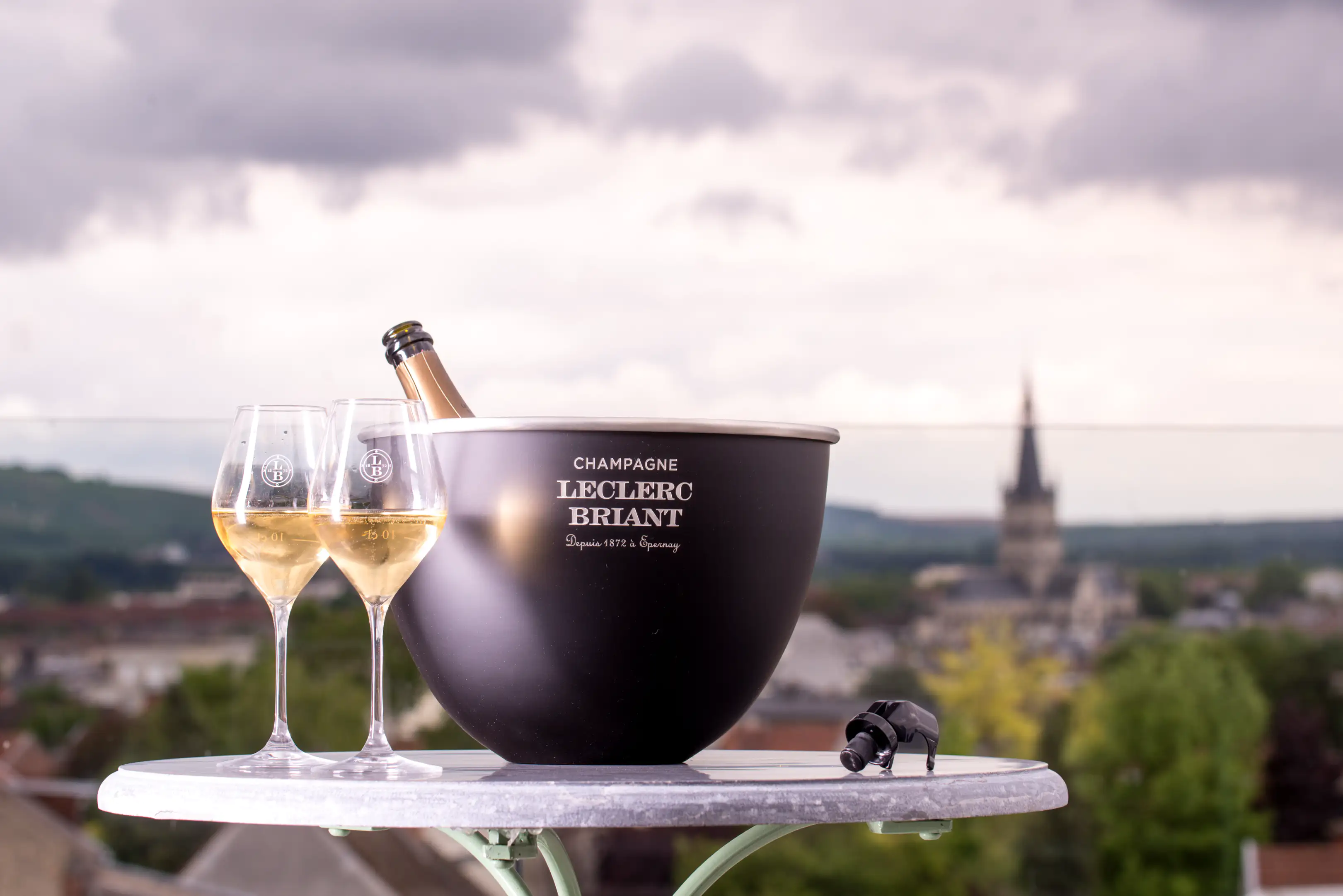Understanding Champagne Classifications: A Guide to Styles, Grapes, and Vintage
The classifications, are key to understanding the style, sweetness, and composition of the champagne in your glass.

Champagne, a name synonymous with celebration and luxury, holds an unparalleled global prestige. While many sparkling wines exist around the world, only those produced under strict regulations within a specific region of France are legally entitled to bear the name “champagne.”
This article explores the core elements that define champagne’s exclusivity and allure — its unique terroir, noble grape varieties, meticulous production methods, and strong legal protections. Together, these elements elevate champagne from a mere sparkling wine to a symbol of heritage, craftsmanship, and exceptional quality.
At the heart of Champagne lies the profound concept of terroir. This French term, without a direct English equivalent, encapsulates the specific environmental factors that impart a wine with its distinct character. In Champagne, this refers to the intricate combination of soil, subsoil, climate, and vineyard orientation found exclusively in northeastern France.
The region’s cool, temperate climate and distinctive chalky soil are pivotal contributors to the grapes’ unique profile and, consequently, the wine’s singular identity. This interplay of natural elements dictates the nuances and flavor profiles of the grapes, imbuing champagne with its characteristic crispness, minerality, and complexity.
The concept of terroir transcends a mere geographical descriptor; it is the fundamental root of champagne’s identity, intrinsic value, and compelling narrative. For example, Champavin’s core identity emphasizes “authenticity, place, and craft,” and terroir is the embodiment of both “place” and “authenticity.” By deeply exploring terroir, Champavin educates its audience on why certain grower Champagnes taste the way they do, connecting each wine directly to its origin and the unique conditions of that land. This elevates the perception of Champavin’s curated selection beyond generic taste profiles, appealing to a sophisticated audience seeking depth, story, and genuine provenance. This approach subtly differentiates Champavin from distributors of mass-produced champagne, which often prioritize consistency across vast blends over distinct terroir expression, positioning Champavin as a purveyor of true, nuanced luxury.
Champagne’s character is primarily shaped by a select trio of grape varieties officially permitted for its production: Chardonnay, Pinot Noir, and Meunier. Chardonnay, a white grape, contributes elegance, crisp freshness, and notes of green apple, lemon, and minerals. Pinot Noir, a black grape, provides body, structure, and depth, with flavors ranging from red berries to subtle spice. Meunier, another black grape, adds fruitiness, vibrancy, and often contributes to the wine’s early approachability.
A few other rare varieties, including Pinot Blanc, Arbane, Petit Meslier, Pinot Gris, and the newly authorized Voltis, are also permitted, though used less commonly. The strict adherence to these specific grape varieties, cultivated exclusively within Champagne, is a cornerstone of its unique identity.
The signature effervescence of Champagne is not merely a stylistic choice but the result of a meticulous and time-consuming production process known as the Méthode Champenoise (or Méthode Traditionnelle). After the initial fermentation of grape juice into still, acidic wine, a critical second fermentation occurs inside the sealed bottle.
This is initiated by the addition of liqueur de tirage — a mixture of yeast, yeast nutrients, and sugar. As the yeast consumes the sugar, it produces both alcohol and carbon dioxide. Because the carbon dioxide is trapped within the sealed bottle, it dissolves into the wine, creating the fine, persistent bubbles for which champagne is renowned.
This process includes several intricate steps, such as extended aging on spent yeast cells (lees) for a minimum of 15 months for non-vintage and 36 months for vintage champagnes, riddling (remuage) to collect sediment in the bottle neck, and disgorgement to remove it. Each stage demands considerable time, expertise, and care — all of which contribute significantly to champagne’s prestige and cost.
One of the most critical factors safeguarding champagne is its legal protection under the Appellation d’Origine Contrôlée (AOC) designation in France. This stringent regulatory framework ensures that only sparkling wines produced within the designated Champagne, and following traditional methods, may legally use the name “champagne.”
This protection is not merely a branding exercise; it is a guarantee of authenticity, quality, and heritage. The AOC governs all aspects of production, from vineyard practices and grape sourcing to pressing methods and secondary fermentation. Strict adherence to these geographical boundaries and traditional techniques prevents misuse and safeguards champagne’s reputation as a product of unparalleled quality and provenance. Every bottle bearing the name “champagne” tells a quiet story of legacy, land, and the pursuit of excellence.
Champagne is a tapestry woven from its distinctive terroir, precise selection of noble grape varieties, meticulous Méthode Champenoise, and unwavering protection under the AOC designation. These foundational elements combine to create a sparkling wine that is not just a drink but a symbol of history, craft, and celebration. Understanding these pillars deepens appreciation for every bubble and every sip, revealing why Champagne remains unmatched in the world of wine.
The classifications, are key to understanding the style, sweetness, and composition of the champagne in your glass.
Whether you’re a resident celebrating a milestone or a tourist exploring the luxury scene, navigating the rules surrounding alcohol is essential for a smooth, legal, and enjoyable experience.
Champagne Egly-Ouriet is a family estate known for its dedication to quality and terroir.
Elise Bougy returned to Les Mesneux in 2016 to revive her family estate and restore biodiversity.